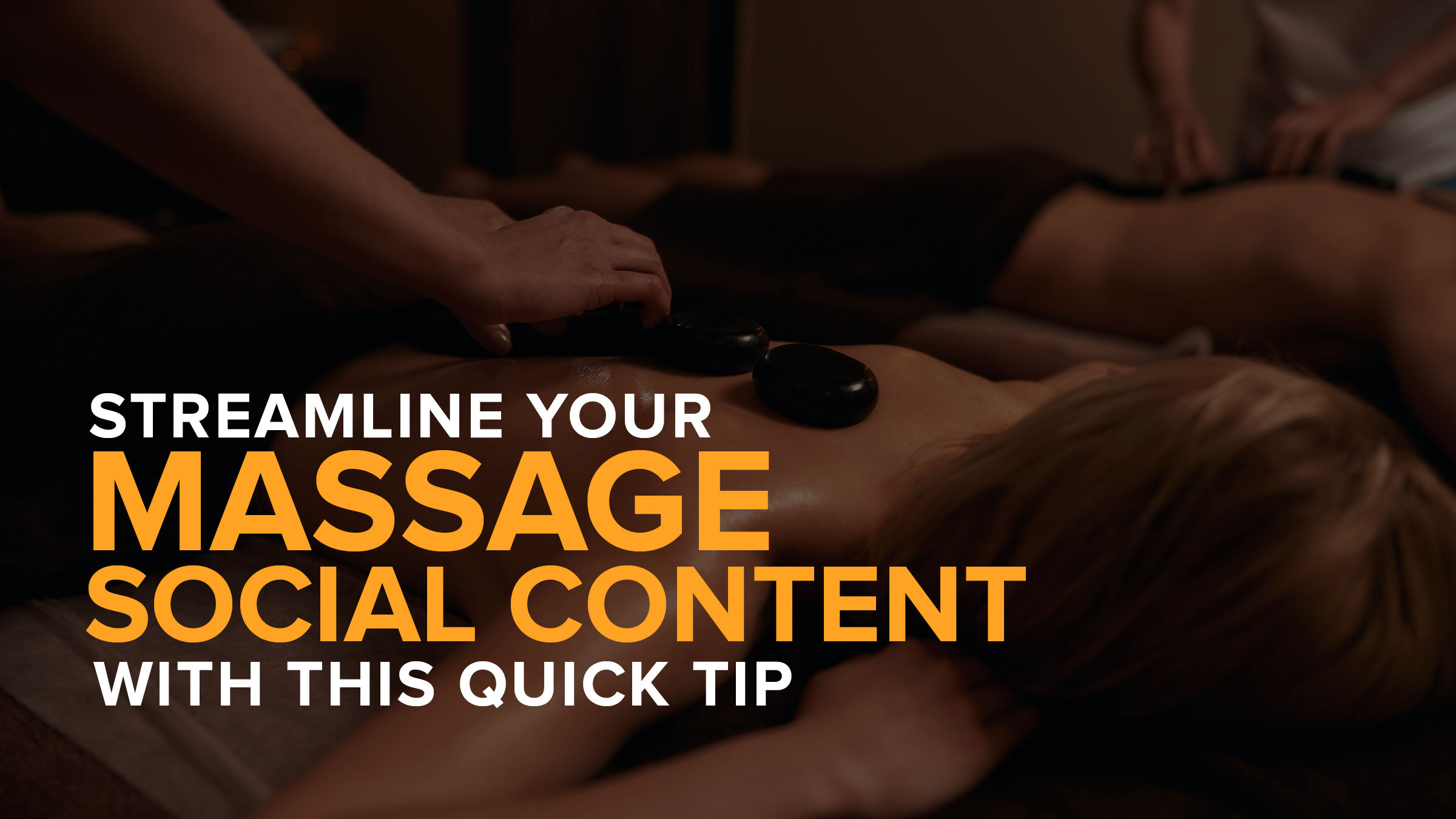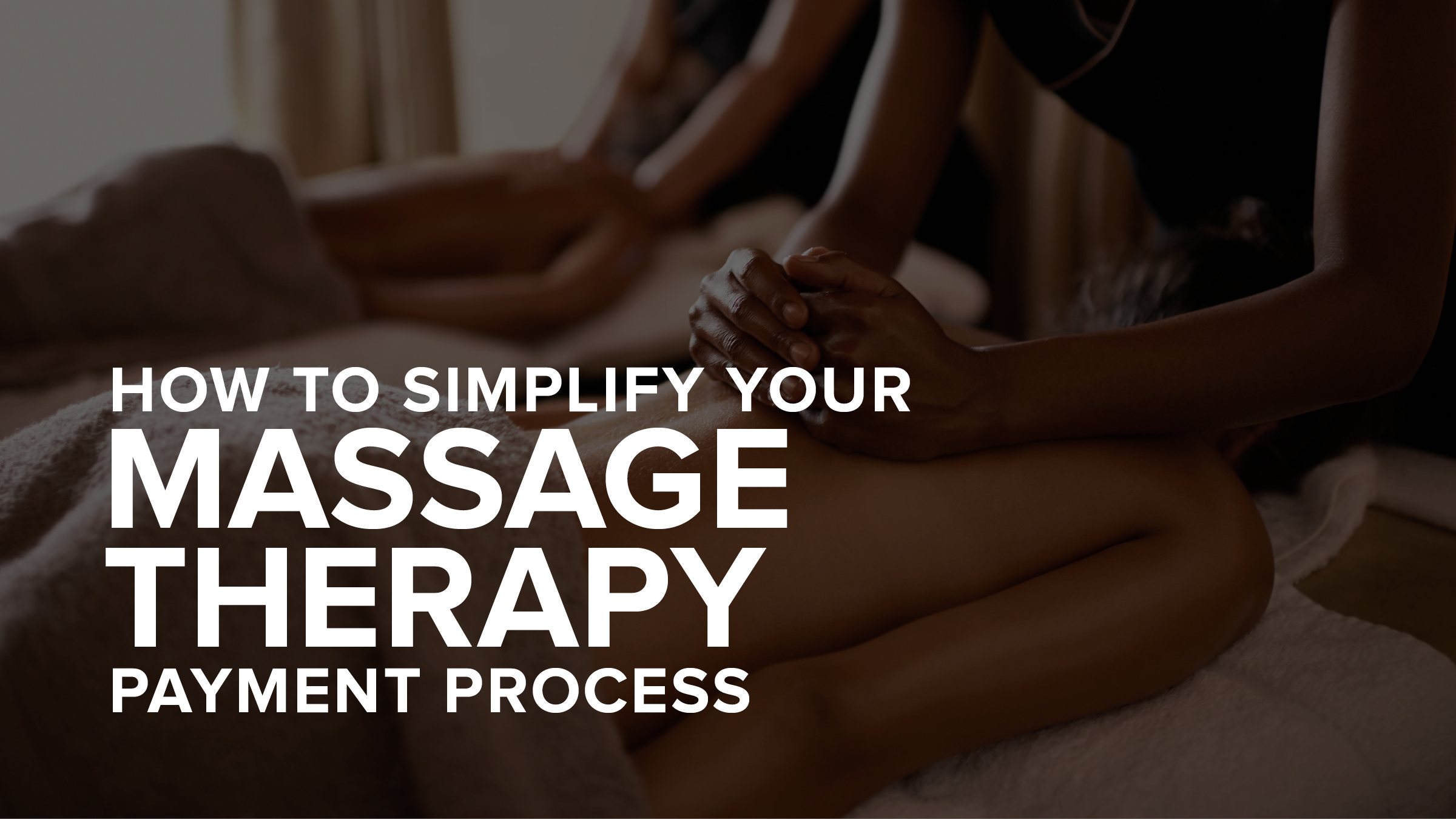6 Conditions that are Helped with Massage Therapy
- Mark Volkmann
- March 15, 2016
- - Massage therapy benefits

Many people assume that massage therapy is only important if you have back, neck, or shoulder pain. But massage therapy can actually be amazingly beneficial for a number of conditions that might surprise you!
Massage for Carpal Tunnel Syndrome
What it is: Carpal Tunnel Syndrome is the inflammation of nerves within the carpal tunnel of the inside of the wrist, which can cause numbness, tingling, difficulty gripping or grasping objects, and/or hand pain.
How Massage Therapy Can Help: A massage with a focus on the wrist, shoulder, and arms can help patients find relief. Many clients can see results after the first session, but it can take 3-5 sessions in combination with behavior modification and anti-inflammatory methods to achieve lasting results.
Diabetes
What it is: diabetes is a disease that does damage to the insulin-producing cells of the pancreas. While different types of diabetes have varying symptoms, generally, they are excessive thirst, frequent urination, and damage to the eyes, kidneys, heart, blood vessels, kidneys, and thickening or stiffening of the fascia surrounding the muscles and organs.
How Massage Therapy Can Help: In addition to the relaxation benefits of massage, diabetes patients can also expect to benefit from improved circulation, which can lead to a more efficient uptake of insulin by the body’s cells. Massage is also important for myofascial effects, such as increased joint motion, more comfortable mobility, and decreased stiffness
Massage for Tension Headaches
What it is: tension headaches are defined by pain and prolonged contraction of muscles in the neck, face, scalp, and jaw, brought on by stress, emotional trauma, depression, anxiety, not enough sleep (or sleep apnea), or jaw clenching.
How Massage Therapy Can Help: Research has shown that massage therapy can be beneficial in reducing anxiety and stress, which can relieve the tension that causes said headaches. Specific craniosacral techniques can also help relax muscles around the head and neck, reducing pressure on the delicate nerves whose inflammation can lead to headaches. In addition, Massage can increase the body’s production of serotonin, which can help patients sleep better. And who doesn’t feel better with a good night’s sleep?
Massage for Whiplash
What it is: whiplash, or hyperextension injury, is most commonly caused by car accidents causing the victim’s neck to first bend towards and then away from the impact in a rapid motion, causing strain or sprain to the muscles and ligaments in the neck.
How Massage Therapy Can Help: In addition to helping relieve stress and bringing relaxation to patients, massage therapy increases circulation, allowing more oxygen and healing agents to be delivered to the point of injury, which can speed the healing process. Massage can also help lessen the trauma to both the patient’s emotional well-being and their muscles. Specific bodywork methods (like myofascial, friction-based, or trigger point, to name a few), can be employed to focus on specific issues.
Massage for Muscle Injury
What it is: muscle injury is defined as an injury—like a sprain, strain, or tear—to a patient’s muscles. Common types include sports injuries and overuse injuries.
How Massage Therapy Can Help: Massage increases circulation and can reduce muscle spasms and swelling in joints as well as flush lactic acid and other metabolic waste from muscles. Popular types of massage that deal with muscle injuries are Neuromuscular massage and deep tissue massage.
Massage for Depression
What it is: depression is a condition that impacts a person’s moods and emotions. Symptoms can include feeling sad, anxious, empty, disconnected or hopeless, loss of interest in activities or hobbies, fatigue, decreased energy, loss of appetite, difficulty concentrating, persistent aches and pains, and/or thoughts of suicide.
How Massage Therapy Can Help with depression: Research has shown that massage therapy can improve mood and reduce anxiety in patients who have chronic pain, tension headaches, high-stress levels, and more when used in conjunction with exercise and psychotherapy. Massage therapy can reduce the amount of cortisol (the body’s response to stress) the body produces while increasing serotonin and dopamine production, which can help stabilize one’s mood.
Massage, in its many forms, can be used as a powerful tool to treat a variety of your physical and psychological issues. If you don’t receive massage as part of a regular health and wellness routine yet, consider using it as an effective complement to other treatments and help bring yourself back to a place of health and wellbeing.
- Author: Mark Volkmann
- Published: March 15, 2016
Grow and simplify your practice!
Related Posts
Recent Blog Posts
Categories
Categories Index ( 21 )
- Friday focus (9)
- Massage therapists (42)
- Massage therapy benefits (7)
- Marketing (157)
- Massagebook features (12)
- Healthy living (12)
- Press (2)
- Practice management (55)
- From our ceo (3)
- Software releases (23)
- Education (5)
- People focus (3)
- Types of therapy (1)
- Uncategorized (1)
- Massagebook (36)
- Massage therapy (4)
- Massage practice (1)
- Massagebook (1)
- Fun (1)
- Guest blog (1)
- Resources (2)








